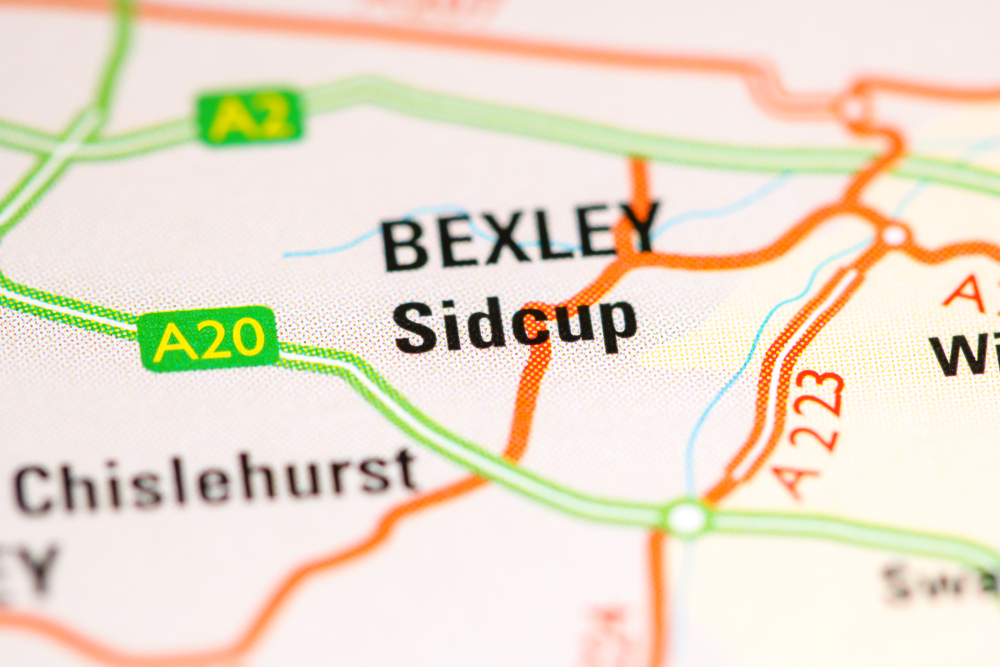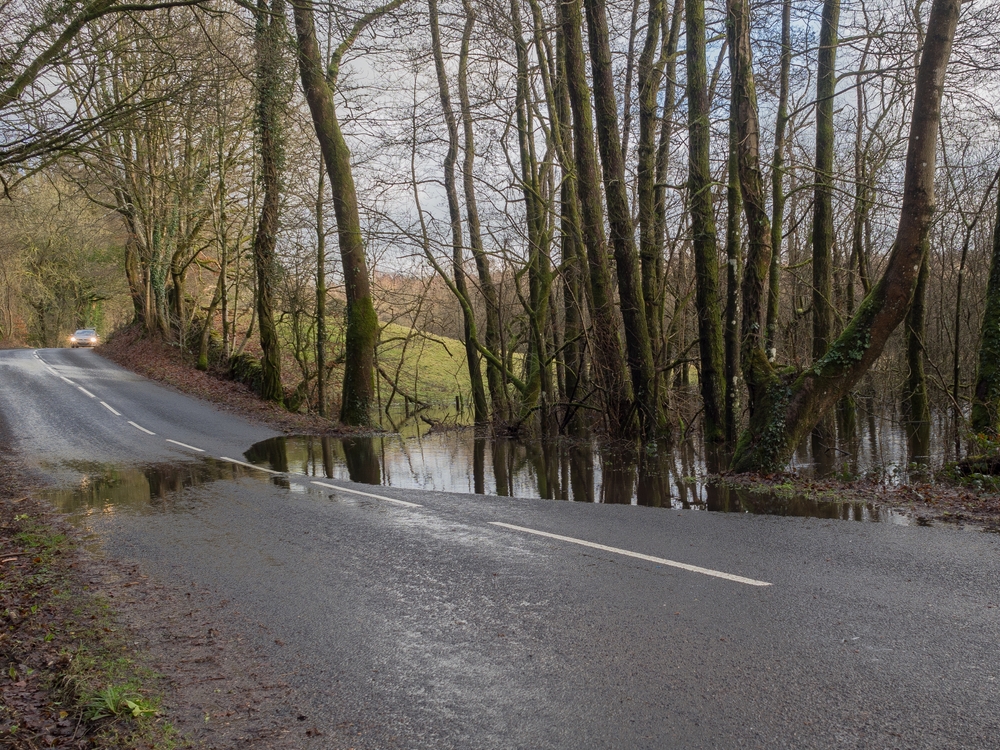Location Overview: Sidcup is a suburban town in south-east London, situated within the London Borough of Bexley. It has a mix of residential areas, green spaces, and a lively high street with shops, cafés, and local businesses. Sidcup is well connected by train, offering easy access to central London, which makes it a popular choice for commuters. The area is home to several schools and colleges, including Rose Bruford College, known for its performing arts courses. Sidcup also boasts nearby parks like Foots Cray Meadows and Scadbury Park, giving it a nice balance of urban and natural surroundings.

Our Driving Course Types Available in Sidcup:
We cater for both business and private clients across the UK. Our courses include:
* Confidence training
* Motorhome training
* General advanced courses
* Motorway driver training
* UK Familiarisation
* Company drivers, which include both car and van
* Pre-court courses
* High-performance driver training
We provide nationwide coverage across the UK and deliver on-road training directly at your preferred location using your own vehicle. The training is customised to suit your specific needs, whether you are a business or private client.
Bespoke Driving Course Content:
Although the courses we offer are very different, there are still some generic points we include; the key difference is how we deliver them to the client. For example, boosting confidence for a young driver will look very different to boosting confidence for a driver with 50 years of experience.
Below are some of the common things we look at and develop during our driver training sessions.
* Looking at a driver’s specific day-to-day driving and driving history to make a bespoke training plan
* Looking ahead and developing powers of observation
* Increasing focus on speed and excessive speed
* Modifying attitude towards a safer, more proactive way to drive
* Learning the System of Car Control
* How to avoid road rage situations
* Manoeuvres, reversing, and operating in confined spaces
* Driving safety on the motorway and dual carriageways
* Becoming a safer urban driver – identifying and dealing with pedestrians and cyclists
* Learn how to drive in a more environmentally friendly way
* How to boost driving confidence
* Identifying high-risk driving – such as at night, driving tired or when stressed
The personalised nature of our training means we can vary the time we spend on specific points. It all depends on the driver and what’s best for them.
Duration Overview – What’s Best For You?
Our UK-wide courses are available for both van and car drivers. Below is an overview of the different duration options:
- 3.5hrs – This is the shortest and most affordable option in our range. While ideal for companies training two or more drivers, it may be too brief for some individuals.
- 2 x 3.5hrs – This option is beneficial for those who can’t commit to a full day of driving and prefer to split the training into two sessions for better retention. Often, drivers are given “homework” between sessions to practice what was covered, which helps reinforce learning. This course is popular with older drivers.
- 7hrs (Full Day) – A full-day course is more cost-effective than two separate 3.5-hour sessions and is ideal for those with limited time. This is a good option if your company has requested the training or if you feel a full day will work better for you. We also offer the option to split a full day into AM and PM sessions for business clients.
- Extended Courses (3, 4, or 5 x 3.5 hrs) – For individuals with specific driving challenges or those who haven’t driven in a while, we offer longer courses that can be spread over several weeks. These options are ideal for those needing more in-depth training to address deep-rooted issues.
Contact us today for more information about are bespoke courses. Either use the contact form on this page or call us.

Our driver training in Sidcup covers a wide range of roads, some of which can include:
- A20 Road (Sidcup Bypass): This major road connects London to Dover and passes through Sidcup. The section known as the Sidcup Bypass provides a dual-carriageway route facilitating east-west traffic flow.
- A211 Road (Sidcup High Street): Running through the heart of Sidcup, the A211 connects the area to surrounding regions, serving as a primary route for local and regional traffic.
- B2173 Road (Maidstone Road): This road runs east-west through Sidcup, connecting the area to Swanley in the east and Eltham in the west. It was historically part of the main route from London to Maidstone.
- A222 Road (Hurst Road): Part of the A222, Hurst Road is a suburban road in Sidcup, connecting various local areas.
- A223 Road (North Cray Road): This road connects Sidcup to Bexley, providing access to local amenities and serving as a route for regional traffic.
These roads form the primary transportation network within and around Sidcup, facilitating both local and regional travel.
Road Safety – Risks and Hazards in Sidcup
While specific data on the most dangerous roads within Sidcup is limited, certain local roads have been highlighted by residents for safety concerns:
Blackfen Road: This road has been a topic of concern among residents, with reports of speeding and accidents. A local resident noted issues with speeding vehicles, particularly during the mornings, and highlighted the need for speed cameras to address the problem.
A20 Sidcup Road: A significant number of drivers were fined after a rogue 50mph sign was placed in a 40mph zone on the A20 near Sidcup. The speed limit had been reduced due to flooding concerns, but the unauthorized sign led to confusion and thousands of speeding tickets. Transport for London and the Metropolitan Police are investigating the incident.
Crombie Road: Residents have raised concerns about speeding vehicles on Crombie Road, a popular cut-through route. A petition has been launched urging Bexley Council to implement speed calming measures, citing fears for pedestrian safety due to drivers reaching motorway-like speeds.
It’s important to note that while these concerns are based on personal observations and local reports, comprehensive accident data would provide a more accurate assessment of road safety in the area.
